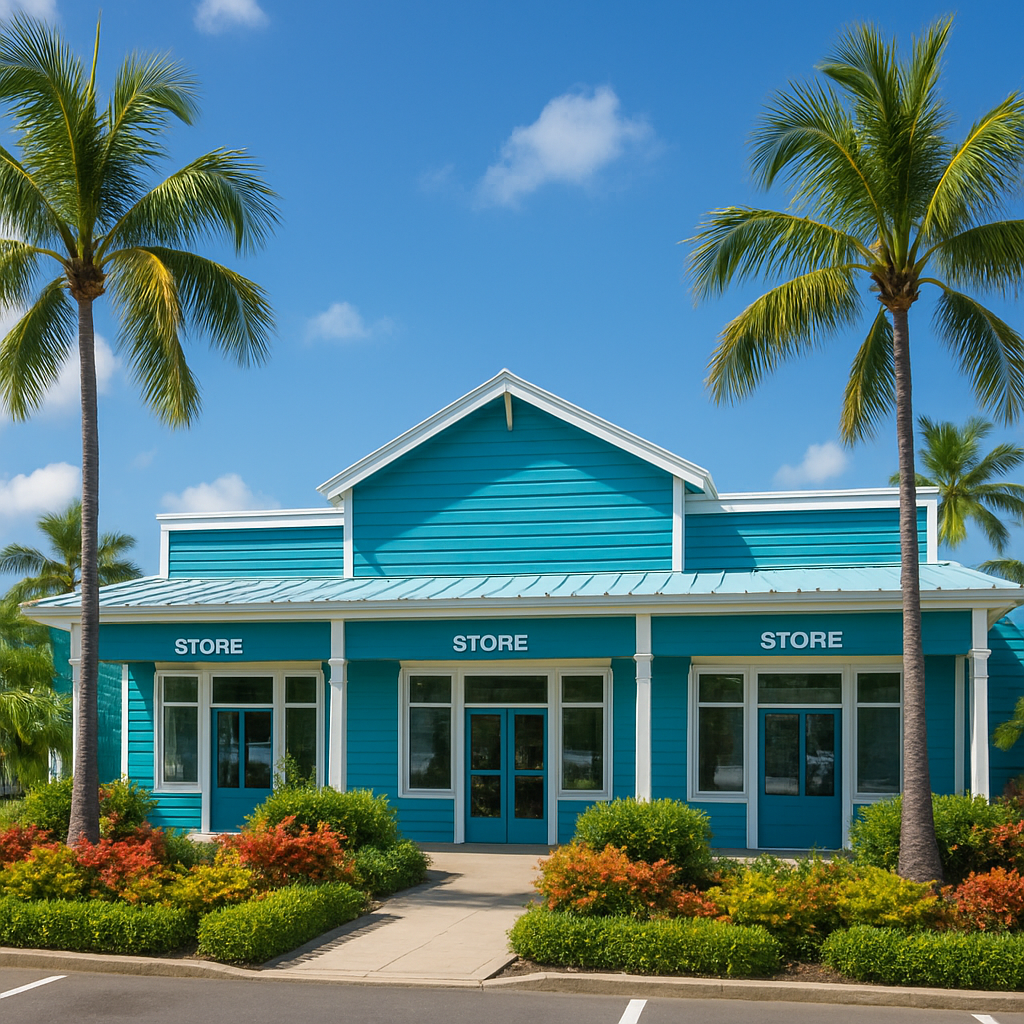Walmart
Uncategorized shop, shopping, shopping center, store, stores, WalmartWalmart: Through history, marketing and growth of exceptional growth, the retail giant has passed through Walmart Inc., a name with synonyms for retail dominance, redesigning the global market for relentless growth, innovative marketing and strategic foresight. What began as a single discount business in a small town in Arkansas has evolved into the world’s largest retailer with thousands of locations and a constantly growing digital footprint. In this article, Walmart’s journey will be explored from a modest beginning to its current position as a global power package where history, marketing strategies and most important drivers are concentrated behind explosive growth. The Birth of Walmart: A Low-key Beginning
Walmart was founded on July 2, 1962 by Sam Walton of Rogers, Arkansas. Walton, a former manager of the Ben Franchise franchise, believed that he could offer better service and lower prices than existing retailers. His philosophy was simple yet innovative. Keep costs low, offer everyday low prices, prioritize customers. This unconventional strategy has paid off and made possible Walmart to achieve strong customer loyalty in areas often ignored by large chains. Until 1967, the Walton family had 24 shops and sold around US$13 million. Injection of capital allowed for rapid expansion and laid the foundation for conversion to a domestic and ultimately international retail empire.
I. Expansion and Innovation
In the 1970s and 1980s, Walmart’s growth was driven by operational efficiency and technological innovation. The company invested heavily in logistics, established local sales centres and built its own truck fleet. This allowed Walmart to control supply chains and replenishment transactions faster and cheaper than its competitors. A great innovation was the introduction of Walmart SuperCenter, a common product combined with a full-service food trade under one roof. This model offers outstanding comfort to buyers and significantly increased the average transaction size.
In the early 1990s, Walmart became a national retailer and began exploring international markets. His first foreign expansion took place in Mexico in 1991, followed by activities in Canada, the UK and Asia. Walmart’s strategy and efficient operation at a low price proved to be adaptable in many, if not without challenges, in many global contexts.
iii. Marketing Strategy
Walmart’s marketing success depends on strong value promises. »Save money. Live live. This slogan sells the company’s mission to provide high quality products at the lowest prices. The EDLP strategy (low-day prices) is central to this approach, distributing impressive sales or discounts in favor of consistent and predictable prices. Walmart’s size and purchasing power allow you to negotiate cheap terms with your suppliers and pass on savings to your customers.
Furthermore, Walmart has always emphasized local commitments. Each inventory is tailored to local demand, and the company invests in community programs, education and disaster relief. This combination of national and local presence enhances its brand image.
In the digital age, Walmart expanded its marketing scope with its online and mobile platforms. Personalized email campaigns, search engine optimization, and targeted ads are important tools for attracting and restraining young, technically experienced demographics, especially those. Growth of Digital Pivot and E-commerce
Walmart has become a demand as online shopping has been converted to retailers. The company took a major step in 2016 with a $3.3 billion acquisition of Jet.com. This is a bold step towards e-commerce, with the aim of countering Amazon. Jet.com, which was later included in Walmart’s core operations, brought valuable skills and talent. The company presented Walmart pickups, allowing customers to buy online and collect orders on the side of the road. These efforts contribute to expanding their digital reach to Walmart and creating a seamless shopping experience across the channel. Global Presence and International Strategy
International journey from Walmart has a success and a set share. In Latin America, particularly Mexico and Chile, the company has been successful. Walmart de Mke©Xico yCentroamâ©rica is one of the largest foreign sectors and continues to grow.
However, not all markets are so attractive. Walmart fought in Germany and South Korea, primarily due to cultural differences and tough competition, and ultimately left both markets. In the UK, Walmart acquired ASDA in 1999, but in 2021 it sold a majority stake after catching up with local retailers such as Tesco and Sainsbury. It was. Suppliers and Operational Efficiency
One of Walmart’s greatest strengths lies in its supply chain. From early adoption of barcodes and data analysis to the implementation of radio frequency frequencies (RFID), Walmart was a pioneer in retail logistics. This collaborative model reduces costs and increases efficiency for both Walmart and its providers. Despite his many successes, Walmart was exposed to challenges and criticism, particularly in relation to work practices. Critics point to resistance to low wages, limited health services and union formation.


Awesome https://is.gd/tpjNyL
Awesome https://is.gd/tpjNyL
Good https://shorturl.at/2breu
Good https://shorturl.at/2breu
Very good https://shorturl.at/2breu
Very good https://lc.cx/xjXBQT
Very good https://lc.cx/xjXBQT